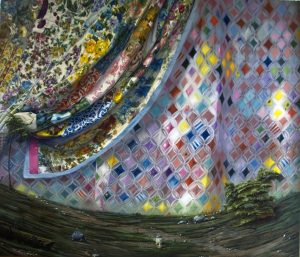
How many people can say the 1993 slaying of Fulbright scholar, Amy Biel, in South Africa, is an event that has remained fresh in their memory? And for those too young to have been exposed to such brutal news, how many can say they have, in recent years, heard it talked about or written about in the press? Not many, is my guess. You might argue, and understandably so, that it’s been so long – 1993 – that’s a lifetime ago! Maybe so, especially because equally horrendous crimes have continued to make headlines.
This post, though, is not about the Biel tragedy, for the Biel tragedy is merely a fraction of the countless moments in our course of existence that recede to the rearmost space of our collective consciousness. This post is about art — fiction, in particular. It’s about how, long after news headlines have turned their attention to the next moment’s happenings, fiction grabs hold of that moment, immortalizes it, so not only do the “facts” endure, but the moment never runs out of breath — it remains in the present tense, ever living and breathing.
Amy Biel’s murder, for instance, has struck me anew. It feels raw again because I’m reading Sindiwe Magona’s book, Mother to Mother, in which a fictitious mother of one of Amy’s killers ventures to write a letter to Amy’s mother explaining the root of her son’s violent act in the hope that this, according to the author, “might ease [her own] and the other mother’s pain … if a little.”
This event, now interlaced with fictitious characters whose humanity you and I can relate to, and scenes so photographic you’d swear the author had to have witnessed the event firsthand or at least known Amy or the young murderer’s mother intimately, no longer remains only about the murder. Now, it becomes an occasion for self-examination. We ask, “How do we see ourselves in this story?” “How are we to react to it?” And because we discuss fiction in the present tense, Amy Biel’s story lives to the end of time.



